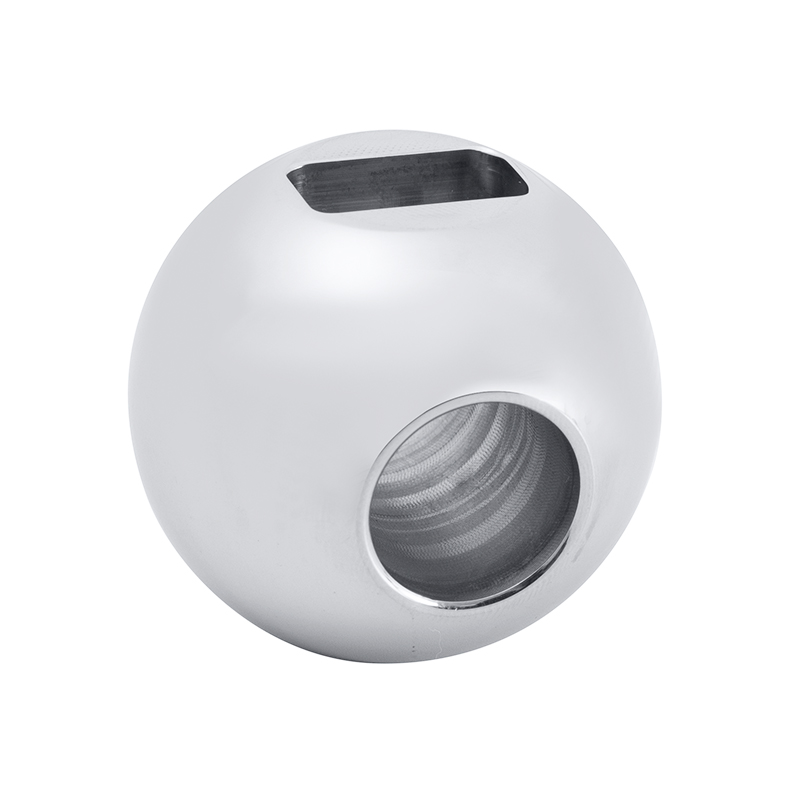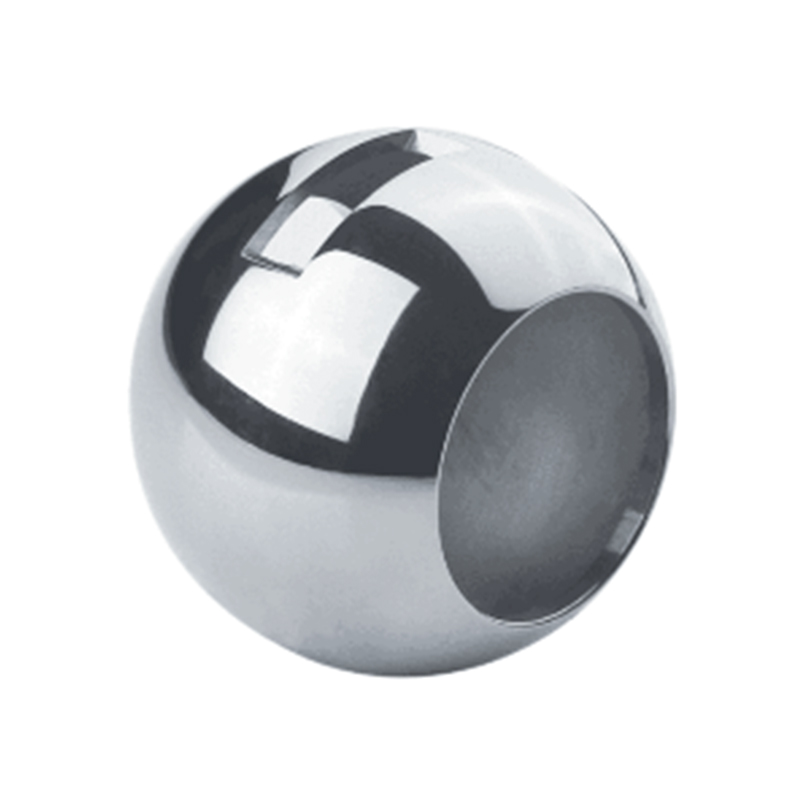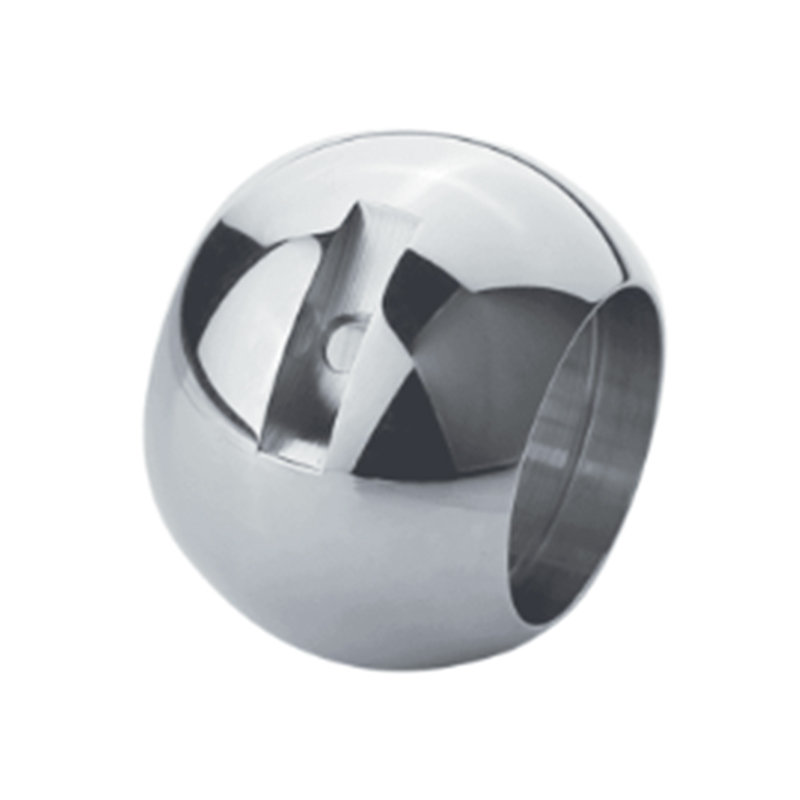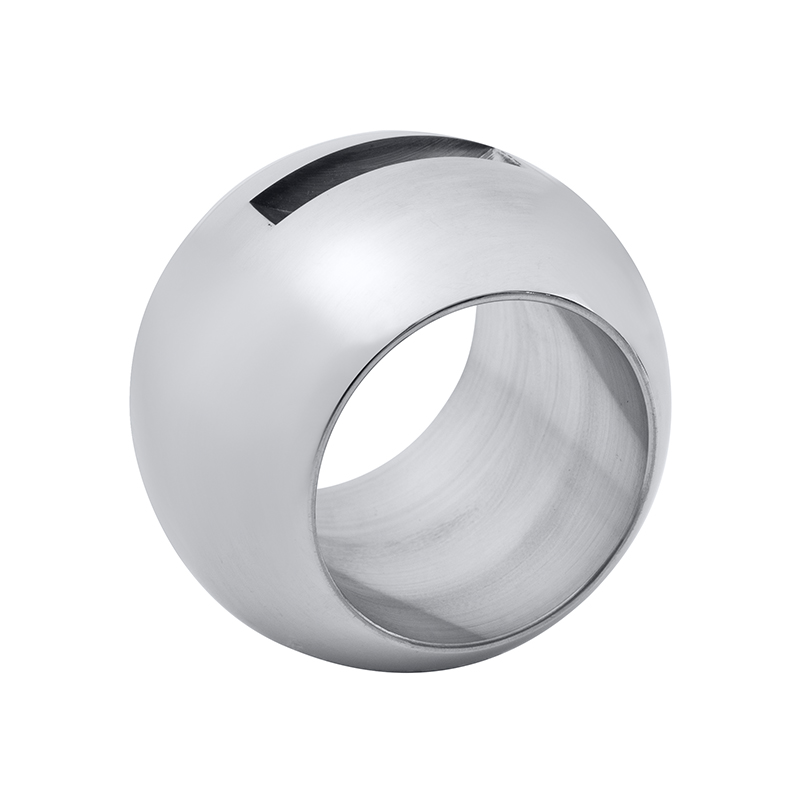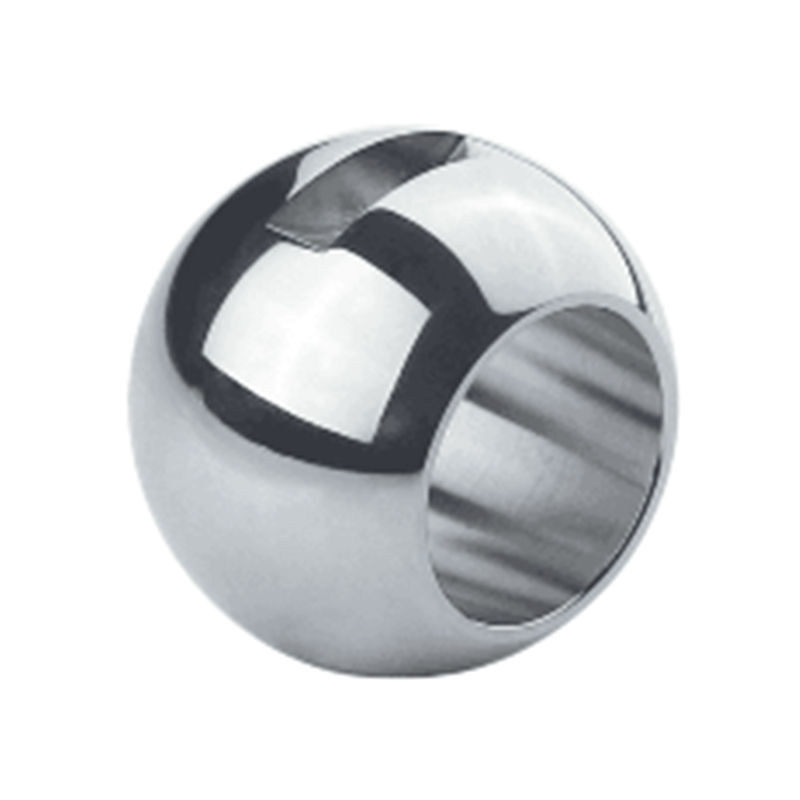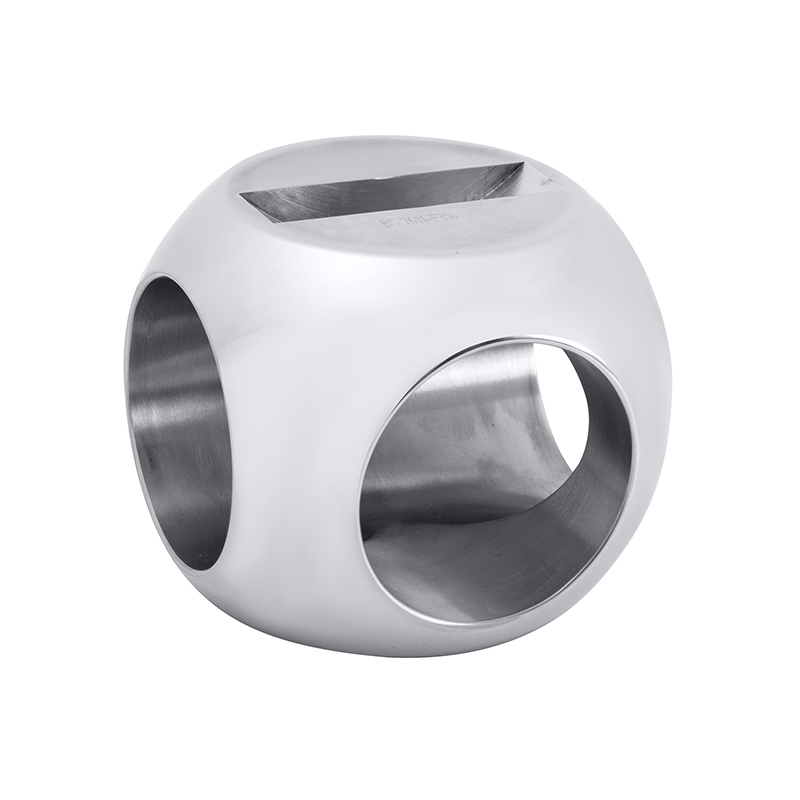Electric ball valves are essential components in modern fluid control systems, widely used in industrial, commercial, and residential settings. Among them, the 3 way electric ball valve and the electric ball valve for water are commonly selected for their precise control, reliability, and automation capability. However, like all mechanical devices, valve balls within these systems are prone to wear over time. Identifying early signs of wear can prevent unexpected failures, reduce maintenance costs, and extend the service life of the entire valve system.
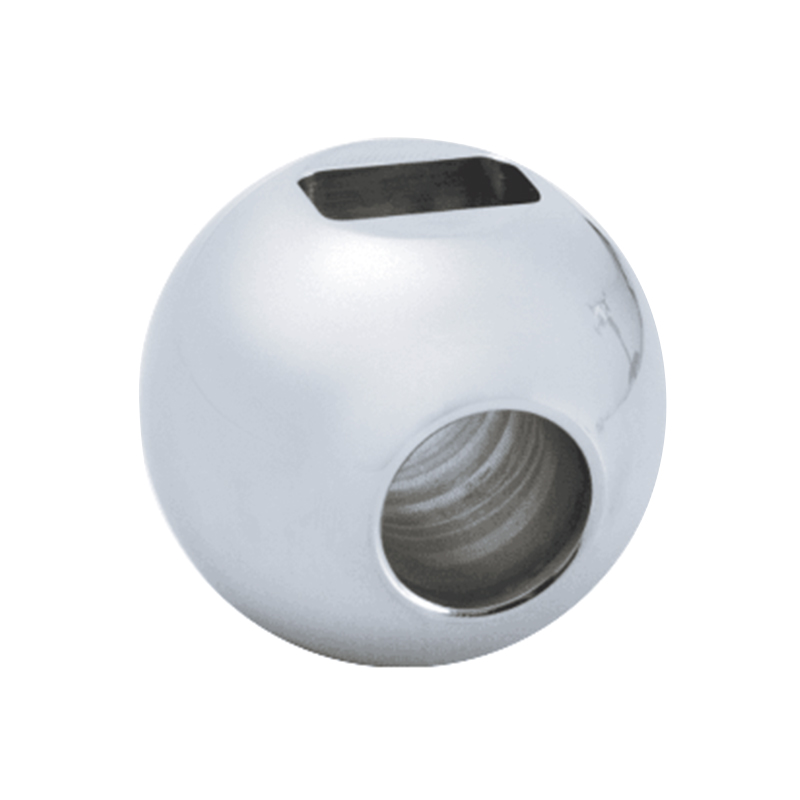
Understanding the Valve Ball’s Role
At the core of both 3 way electric ball valves and electric ball valves for water is the valve ball — a spherical component that rotates to control fluid flow. The ball has a hole through its center, and by rotating it via an electric actuator, the valve either allows fluid to pass or blocks the flow. In a 3 way configuration, the valve can route fluid between three different ports, making it suitable for mixing or diverting applications.
Given the valve ball’s constant contact with moving fluids and mechanical parts, wear is inevitable. The challenge lies in detecting this wear before it compromises the system's functionality.
Common Causes of Wear in Valve Balls
Wear can result from various operational and environmental factors. Understanding these causes is the one step toward early identification and mitigation:
1. Abrasive Fluids: If the fluid contains solid particles or sediments, they can scratch or erode the valve ball’s surface over time.
2. High Cycling Rates: Frequently actuated valves experience more friction, pilot to faster wear.
3. Improper Material Selection: If the valve ball material is not compatible with the fluid or pressure levels, degradation can occur more rapidly.
4. Inadequate Lubrication: Electric ball valves for water often operate in environments where corrosion or mineral build-up may affect smooth operation, especially without proper lubrication.
5. Temperature bads: Operating outside the valve’s recommended temperature range can cause thermal stress, pilot to cracking or deformation.
6. Early Signs of Wear
Identifying wear in its early stages requires regular inspections and attention to specific performance indicators:
Increased Torque Requirement: If the electric actuator starts requiring more torque to rotate the valve ball, this may indicate surface roughness or deformation.
Leakage: Wear on the valve ball or seat can result in internal or external leakage, noticeable even when the valve is in a closed position.
Flow Disruption: Irregular flow patterns or pressure drops may suggest partial obstruction or misalignment due to ball wear.
Unusual Noises: Grinding, squeaking, or other unusual sounds during actuation are signs of friction, often caused by surface wear or debris buildup.
Delayed Response: A lag between the actuator command and valve movement may indicate internal resistance linked to wear.
Inspection and Monitoring Practices
To ensure early wear is identified in both 3 way electric ball valves and electric ball valves for water, consider implementing the following inspection practices:
Visual Inspection: Periodically disassemble and inspect the valve ball for pitting, scratches, or discoloration.
Actuation Testing: Monitor the response time and smoothness of valve operation during regular cycles.
Torque Monitoring: Some advanced electric actuators allow real-time torque monitoring. Rising torque values can signal friction or deformation.
Leak Testing: Regular pressure and vacuum tests can help detect minor leaks before they escalate.
Preventive Maintenance Tips
Proactive maintenance can significantly reduce wear and extend the life of valve balls:
Use Filtration: Installing filters upstream of electric ball valves for water prevents sediment and debris from reaching the valve internals.
Material Matching: Ensure that the valve ball material is compatible with the fluid’s chemical composition and temperature range.
Scheduled Lubrication: Some valve assemblies benefit from periodic lubrication to reduce friction and protect against corrosion.
Rotation Control: In 3 way electric ball valves, limit unnecessary cycling when possible to reduce mechanical wear.
Valve ball wear is a gradual process that, if left unchecked, can advance to serious operational issues. For systems using 3 way electric ball valves or electric ball valves for water, early detection through regular inspection and monitoring is key to maintaining performance and less downtime. By understanding wear indicators and following preventive practices, users can ensure longer service life and greater reliability from their valve systems.

 English
English Español
Español Deutsch
Deutsch
